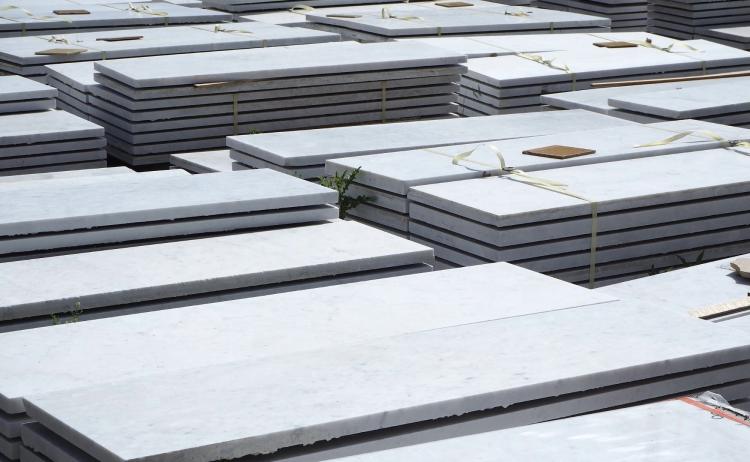Flagstones
The reuse of natural stone floor, facade and wall coverings is a relatively common practice. On the reclamation market there is a wide variety of elements, often reflecting historical regional characteristics. There are many processing possibilities for natural stone elements, which means that in many cases a tailor-made solution can be found for every project. Thick stones can be sawn in half, smooth stones roughened or damaged stones resized, etc. Therefore, wall coverings can often also be reused as flooring (the reverse movement is also possible, but not always as obvious). In addition, stone elements have a very long lifespan by nature.
A central question when installing a floor or wall covering in reclaimed stone is the choice of the pattern - the way in which the tiles are laid in relation to each other. With certain patterns a lot of freedom in the dimensions is possible, which makes the search for reclaimed stone much easier.









